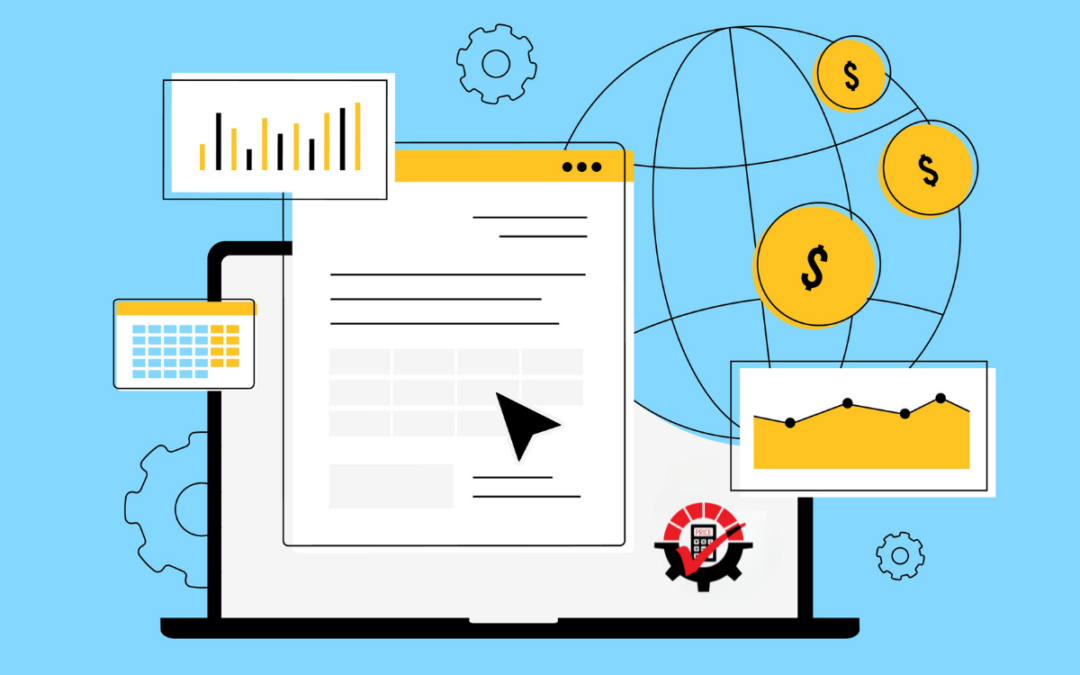Technology companies offer their customers a product as a service. Typically, they choose a fixed-price strategy, whether that’s tiered or subscription. However, research has shown promising results when technology companies switch from subscription- to usage-based pricing. We dive into what this pricing model entails, why many companies are switching, and whether you should too.
What is Usage-Based Pricing?
At the end of a billing cycle, typically monthly, users are charged by how much they’ve used your product or service. The term “usage” can describe the number of end users, number of data transactions or volume of data throughout, to name a few. It’s dependent on what your technology company offers. A perfect example of usage-based pricing is a “pay as you go” plan. Before unlimited data, minutes and texting, phone companies would charge by usage.
When it comes to usage-based pricing, benefits include:
- Low barrier to entry,
- Higher customer satisfaction,
- Better retention rates, and
- Seamless account expansion.
This pricing strategy really caters to the customer’s needs. It’s easier for new customers to hop on board and then expand their usage as their business grows. Plus, it adapts to the customer’s evolving needs which leads to higher satisfaction scores and retention rates. Customers will never feel like they’re wasting money on features they aren’t using.
Why Technology Companies Are Switching from Subscription- to Usage-Based Pricing
Technology companies are switching from the traditional subscription-based pricing, which is a recurring fixed monthly fee, to user-based pricing.
“Based on the data from nearly 600 participants, 45% of SaaS companies offered a used-based pricing model in 2021. This figure is up significantly compared to 34% in 2020 and 30% in 2019.”
– According to OpenView Partner’s most recent “State of Usage-Based Pricing Report”
That’s because an agreed-upon contract regardless of actual product usage can cause problems for the customer. If the customer doesn’t use everything offered in the subscription, they are leaving money on the table. If they exceed their maximum amount in the subscription, they’re hit with extra costs. Subscription-based pricing works when you find the right amount of usage to warrant the cost.
Because this Goldilocks Zone is tricky to find, many technology companies are resorting to usage-based pricing. Customers are given the flexibility to adjust their usage and billing according to their needs, budget, and goals. As a result, technology companies implementing this pricing model have an average of 137% net dollar retention. Since revenue is relied on usage, technology companies will see higher revenue growth and a more loyal customer base when customers enjoy and value their product or service.
Should You Too Make the Switch?
Although most technology companies would benefit from switching, it really depends on your company and target audience. Ask yourself:
- Do your existing customers have varying usage patterns?
- Do you have products that can be easily scaled up or down?
- Are your customers loyal enough to your company that they will stick with you no problem?
If you’ve answered yes to any of these questions, then it is very likely that usage-based pricing will be a perfect fit for your business’ needs and goals. Make the switch!
Note that you can make this model work for you by mixing different pricing strategies together. For example, Call Tracker charges a usage fee on top of a traditional, per-month pricing. Another tech company, Zailab, allows users to choose between fixed-rate or consumption-based pricing for their service usage. If you need guidance on how to mix-and-match pricing strategies or how to make the switch, our founder can help you figure out which is the best solution for you!
The Tool to Help You Manage Any Pricing Model
We talk about pricing strategies, but do you really know which one is right for your business? With decades of experience in our back pocket, we can help you determine which one will work for your business. We won’t steer you wrong. If you already have one you are fond of, but need help managing hundreds of products and prices, then you should check out Rockton Pricing Management, only the most flexible, powerful, multi-platform pricing management software available. Schedule a one-on-one demo to learn more about how we can help you Work Simpler & Easier®.





